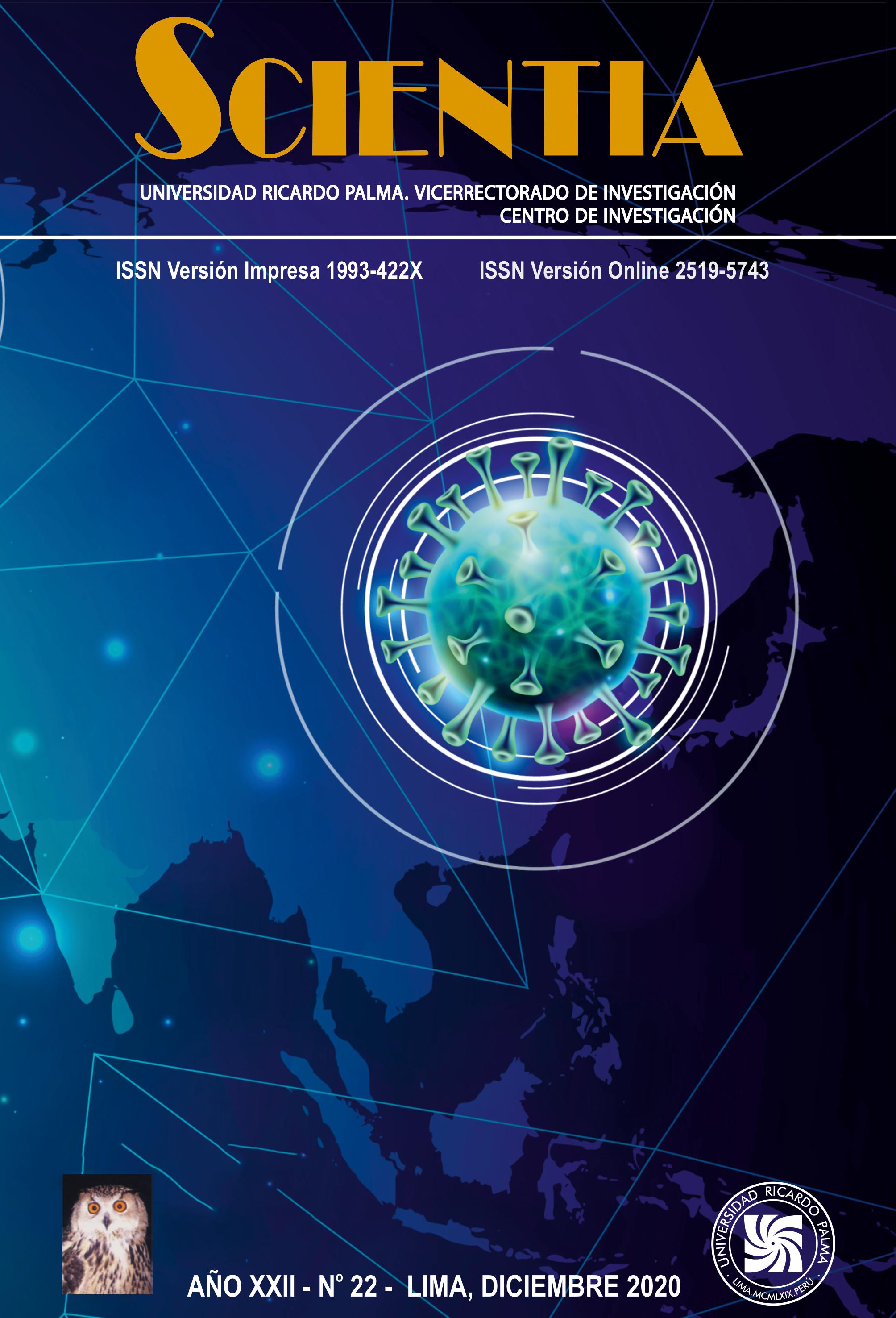IN VITRO CELLULAR DEDIFFERENTIATION OF Coffea arabica L. “CAFÉ” VAR. CATURRA FROM FOLIAR EXPLANTS
DOI:
https://doi.org/10.31381/scientia.v22i22.3573Keywords:
Coffea arabica; cell dedifferentiation; viable callus; in vitro; 6-BAP; 2, 4-D, KinetinaAbstract
Coffea arabica L “coffee” Var. Caturra of the Rubiaceae family on of the main agricultural export crops in Peru. The present study was carried out with the purpose of obtaining in vitro from foliar explant, to search for resistance to rust due to genetic variability. The explants were subjected to the stylization system: Washing with detergent; Cobox fungicide; 96% alcohol; Calcium Hypochlorite (CaClO) at 5% and rinsing, then small cuts (wounds) were made then they were introduced into test tubes with culture medium from Murashige and Skoog (1992) supplemented with 1.5 mg/L of 6-benzylaminopurine (6-BAP) and 0.5 mg/L of
2,4-dichlorophenoxyacetic (2,4-D) as the first treatment; and, with 2.5 mg/L of Kinetin and 1 mg/L of 2,4-D as a second treatment; the entire in vitro introduction process was carried out under aseptic conditions Within the laminar flow chamber. The culture were incubated in the transfer room under dark conditions at 20-22°C. As results, dedifferentiated cells or viable callus were obtained in 100% of the explants in the first treatment and in 80% of the explants in the second treatmen, twenty days after in vitro introduction. Phenolization was observed in the explants as a product of the oxidation reaction





2.png)



